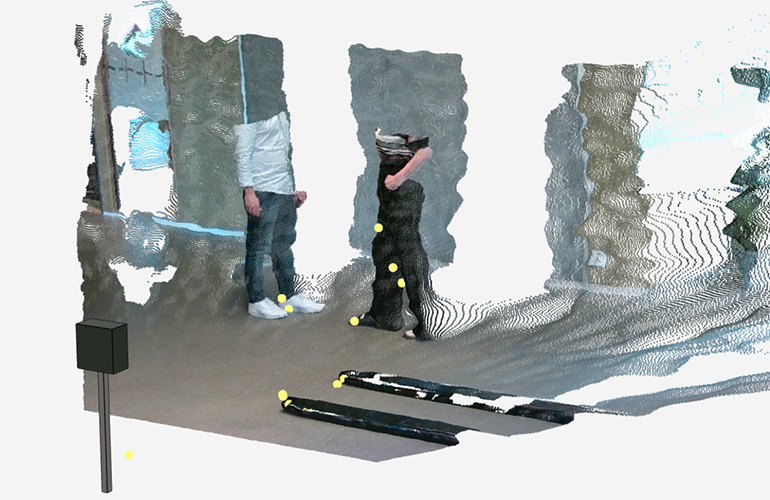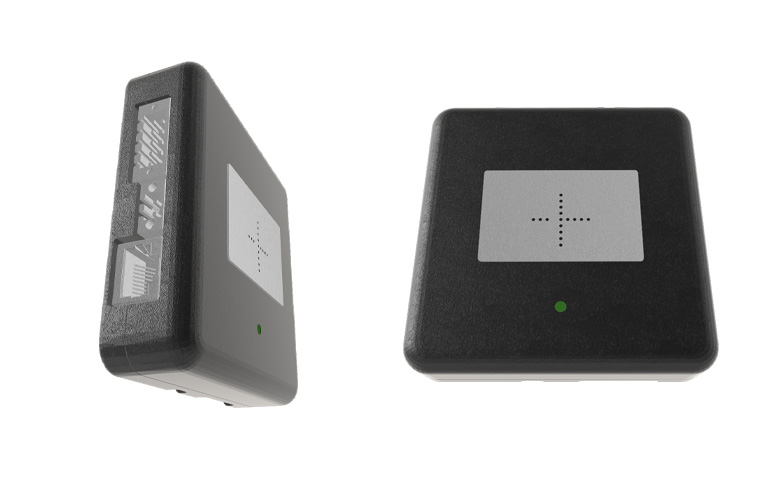The imaging method is called beamforming. It’s the backbone of processing for sonar and radar, as well as in medical ultrasound imaging. Sonair has combined wavelength-matched transducers with cutting-edge software for beamforming and object-recognition algorithms. This innovation makes 3D spatial information available simply by transmitting sound and listening.
By using 3D ultrasonic imaging in robotics applications, Sonair said it delivers safe navigation, miniaturization, cost efficiency, and low power consumption compared with other 3D imaging methods.
“Today, as we step out of stealth mode, we are excited to share our vision and contributions towards a future where humans and machines can coexist safely and productively,” said Knut Sandven, CEO of Sonair. “Our cutting-edge ultrasound technology not only detects obstacles in three dimensions, but does so with unprecedented accuracy and at a fraction of the cost of current sensors.”
Founded in 2022, Sonair specializes in ultrasonic sensors that reduce the financial burden associated with automated guided vehicles (AGVs) and autonomous mobile robots (AMRs). By using patented technology developed at SINTEF’s MiNaLab in Europe, the company claimed that its sensors can enhance a robot’s vision from 2D to 3D, offering a significant improvement over traditional lidar and camera systems.
“Our sensors are designed to end the era of expensive laser-based sensors,” said Sandven. “With our evaluation kit releasing this summer, we encourage innovators and industry leaders to explore the potential of our technology in transforming machine perception.”

The Sonair 3D sensor provides a three-dimensional point cloud of the environment. This image shows the point cloud overlaid on a camera image. | Credit: Sonair
Sonair provides 3D data
The Sonair 3D ultrasonic sensor is designed to enable AMRs to detect the distance and direction of all objects within a 180×180 field of view, up to a 5 m (16.5 ft.) range, with a resolution of 1 cm (0.39 in.). Note that these sensors are designed for obstacle detection and avoidance, not for perception and guidance.
The primary use case for acoustic detection and ranging (ADAR) is to inform the robot controller when an object enters any of the safety zones configured around the robot. Today, this function is handled primarily by safety-rated lidars that only offer a two-dimensional and planar view of the world around the robot.
The advantage of the Sonair sensor is both lower cost and the use of 3D+ information, said Sonair. The “plus” comes from the capability of the sensor to track the trajectory of an object entering the safety envelope.

The evaluation units for the Sonair 3D sensor are available for potential partners to test. | Credit: Sonair
Early customers happy with performance
Several companies are already exploring Sonair’s sensor technology. One is Solwr, a Norwegian company that has developed a combination of robotics and software to automate picking and sorting processes in warehouse and retail environments.
“We are impressed by the technology and the unique opportunity Sonair gives us to offer mobile picking robots with next-generation operational safety solutions,” said Olivier Roulet-Dubonnet, chief technology officer of Solwr. “We are really excited to start testing the Sonair 3D ultrasonic sensor on our robot in warehouses.”
Sonair has opened a waiting list to get evaluation units of its sensors into the hands of AMR and AGV developers. A limited number of pilot units will begin shipping in a few weeks, and the company expects to begin full production later this year.
 Submit your presentation idea now.
Submit your presentation idea now.